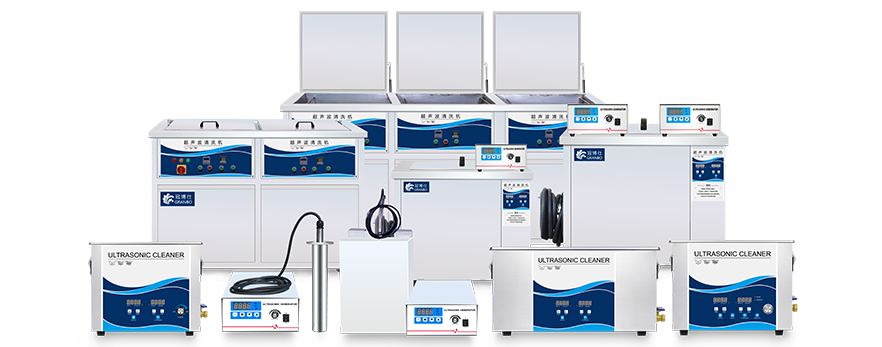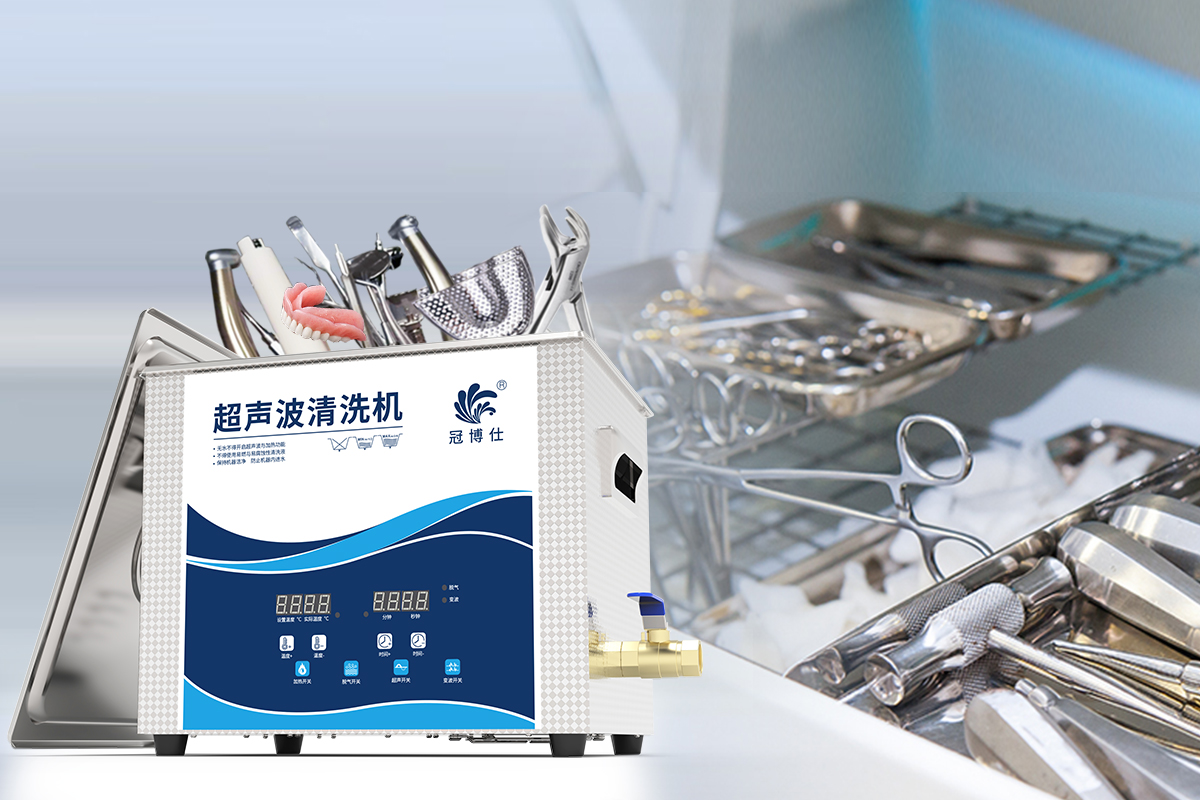How Ultrasonic Cleaning Works
Ultrasonic cleaning has become the preferred method for removing contaminants from delicate and intricate objects. This technology uses high-frequency sound waves to generate microscopic bubbles, which collapse and create powerful cleaning forces. The cavitation process dislodges dirt, oil, and residues without damaging the surface of sensitive materials.
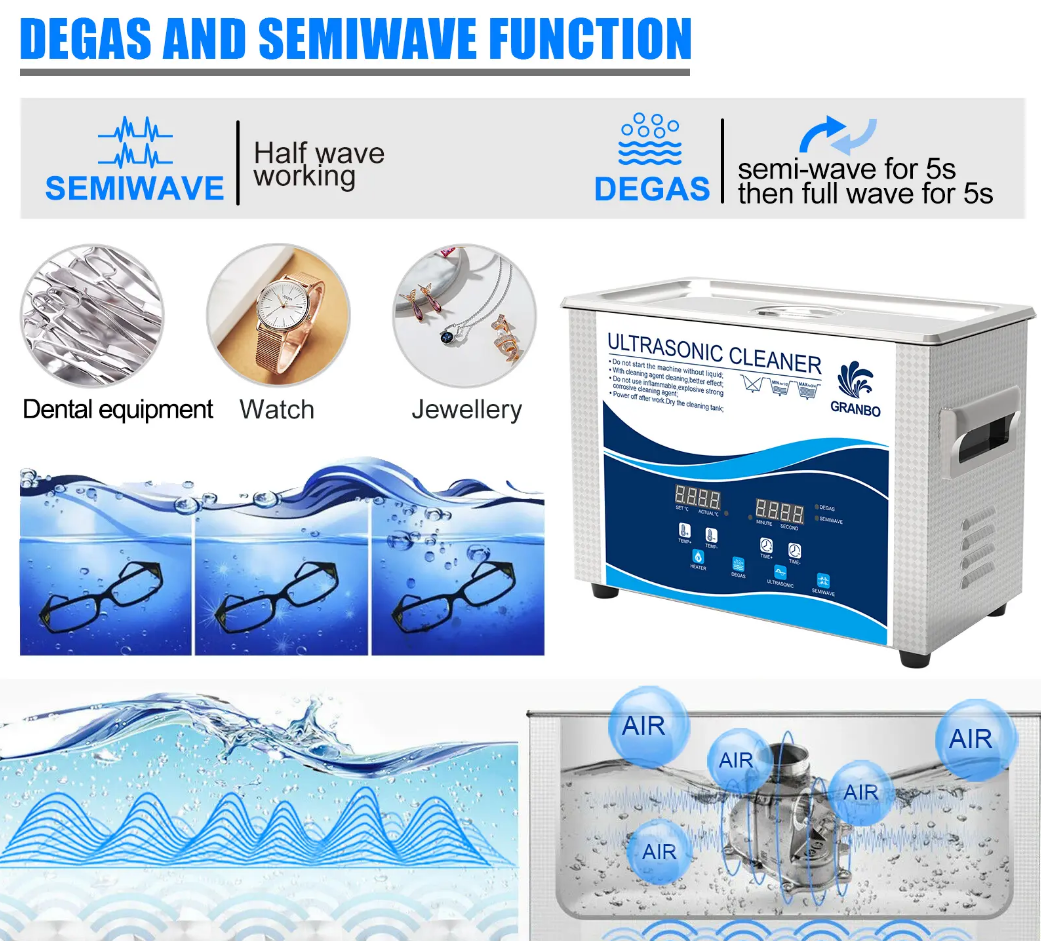
While ultrasonic cleaning is already highly effective, integrating a filtration system significantly enhances its performance. Filters help remove suspended particles from the cleaning solution, preventing recontamination and maintaining the efficiency of the process over extended periods.
The Importance of Filtration in Ultrasonic Cleaning
A filtration system plays a crucial role in maintaining the quality and longevity of the cleaning bath. Without filtration, contaminants loosened during the cleaning process remain in the solution, increasing the risk of redepositing onto cleaned items.
Key benefits of using filters in ultrasonic cleaning include:
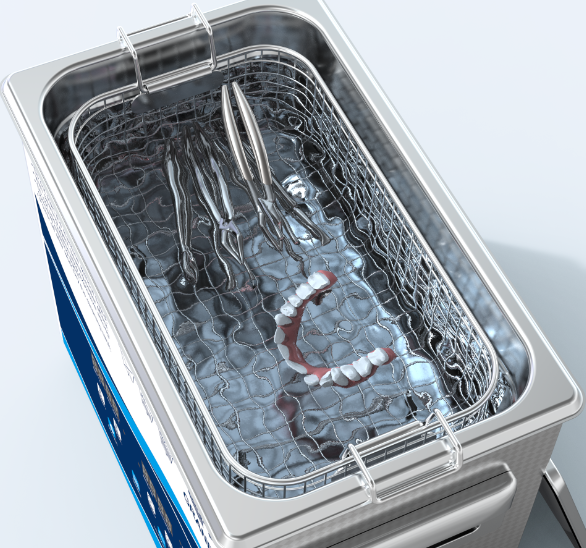
- Extended Solution Life: Filters help remove debris, oils, and sediments, reducing the frequency of solution changes.
- Enhanced Cleaning Efficiency: By continuously removing impurities, filters ensure the cavitation process remains effective.
- Reduced Waste and Costs: With a longer-lasting solution, businesses save on cleaning solvents and disposal expenses.
- Consistent Cleaning Results: Filters maintain the purity of the cleaning solution, ensuring uniform cleaning performance across multiple cycles.
Types of Filters Used in Ultrasonic Cleaners
Different filtration systems cater to specific cleaning needs. Choosing the right filter depends on the type of contaminants being removed and the level of cleanliness required.
.jpg)
- Mechanical Filters: These filters physically trap solid particles and debris, preventing them from circulating back into the tank.
- Oil Coalescers: Ideal for applications where oil removal is necessary, these filters separate and extract oils from the cleaning solution.
- Activated Carbon Filters: These filters absorb chemical contaminants and organic residues, enhancing solution clarity and effectiveness.
- Bag and Cartridge Filters: Commonly used in industrial applications, these filters provide high-efficiency filtration for large volumes of cleaning fluid.
Industries That Benefit from Ultrasonic Cleaning with Filters
Ultrasonic cleaners with filtration systems are widely used in industries requiring precision cleaning. Some of the key sectors include:

- Medical and Healthcare: Cleaning surgical instruments, dental tools, and lab equipment to remove biological contaminants and residues.
- Automotive and Aerospace: Removing grease, carbon deposits, and fine debris from engine components and delicate mechanical parts.
- Electronics and Optics: Ensuring dust-free and residue-free cleaning of circuit boards, lenses, and optical components.
- Jewelry and Watchmaking: Providing a safe method for cleaning intricate designs, precious metals, and gemstones without causing damage.
Choosing the Right Ultrasonic Cleaner with a Filter
When selecting an ultrasonic cleaner with a filtration system, consider the following factors:
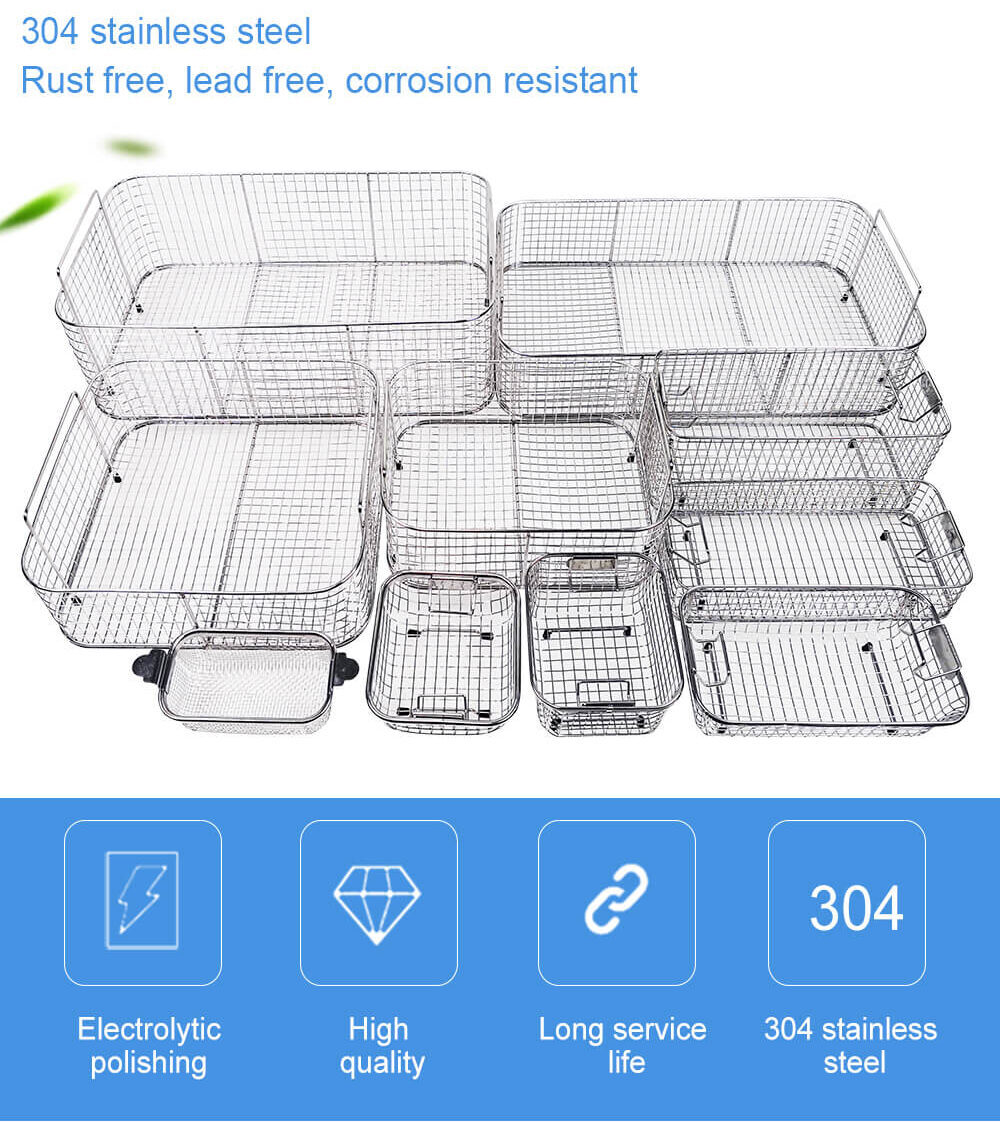
- Tank Capacity: Choose a size that accommodates your cleaning needs without overcrowding the items.
- Filtration Type: Match the filter type to the contaminants being removed.
- Ultrasonic Frequency: Higher frequencies (e.g., 40 kHz and above) are suitable for delicate items, while lower frequencies offer aggressive cleaning.
- Automation and Controls: Digital timers, temperature controls, and adjustable power settings improve usability and efficiency.
Investing in an ultrasonic cleaner with a reliable filtration system ensures superior cleaning performance, reduced maintenance efforts, and long-term cost savings.
References
- Suslick, K. S. (1990). Sonochemistry. Science, 247(4949), 1439-1445.
- Nyborg, W. L. (1981). Ultrasound: Its applications in medicine and biology. Elsevier.
- Mason, T. J. (2012). Advances in Sonochemistry: Ultrasonic Cleaning. Elsevier.


